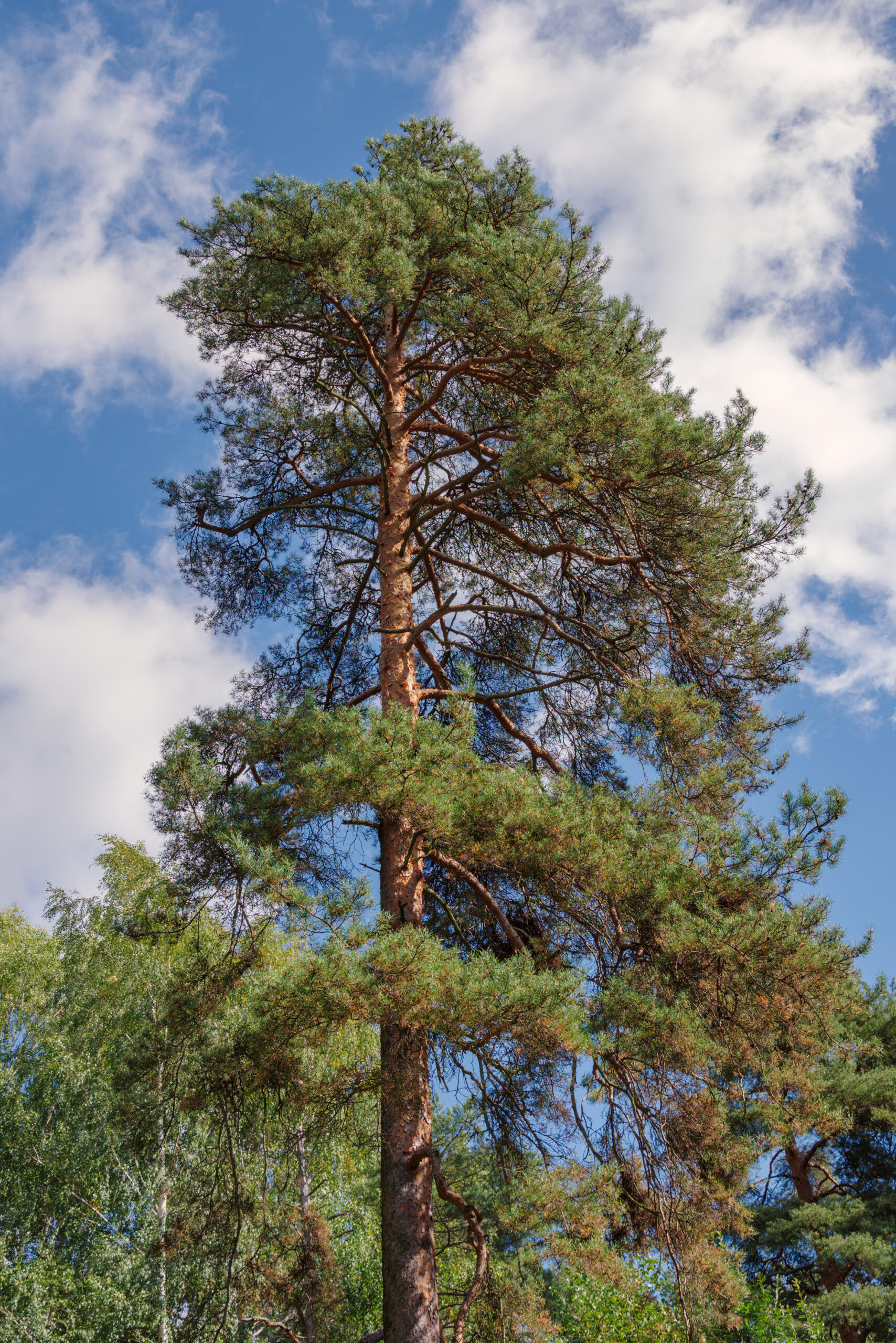To provide a comprehensive analysis of the differences between pine trees and other evergreen trees, we will examine the key differences in needle arrangement, structural differences in cones, and unique characteristics of pine trees.
What is the Difference in Needle Arrangement Between Pine Trees and Evergreen Trees?

Pine Trees
- Needles are arranged in clusters, typically in groups of 2, 3, or 5.
- Needle lengths vary by species, but common ranges include:
- Eastern white pine: 2-4 inches long, soft and pliable.
- Scotch pine: 1-3 inches long, twisted along their length.
- Austrian pine: 3-5 inches long, sharp point.
- Ponderosa pine: 5-10 inches long, sharp point.
Spruce Trees
- Needles grow individually from the branch.
- Needle lengths vary by species, but common ranges include:
- Colorado spruce: ¾-1 inch long, sharp needles.
- Norway spruce: ½-1 inch long, sharp needles.
Fir Trees
- Needles grow individually from the branch.
- Needle lengths vary by species, but common ranges include:
- Concolor fir: 1.5-2.5 inches long, rounded at the tip, soft texture.
- Balsam fir: 5/8-1 inch long, dark green, soft texture.
How Do the Cone Characteristics Differ Between Pine Trees and Evergreen Trees?

Pine Trees
- Cones are woody, rigid, and often hang downwards.
- Young cones are usually green and flexible, falling whole from the tree at maturity.
Spruce Trees
- Cones hang towards the ground.
- Thin scales make them smoother to the touch and more flexible than pine cones.
Fir Trees
- Cones grow upward.
- Cones can take on various colors, such as green, blue, or purple, before turning brown.
What are the Unique Characteristics of Pine Trees?
-
Bark Texture: Pine trees have a distinctive bark texture, often rough and scaly.
-
Growth Habits:
- Pine trees can grow to varying heights, with some species reaching up to 50 feet or more.
-
They are often used as windbreaks and for wildlife habitat due to their dense foliage.
-
Ecological Roles:
- Pine trees are adapted to low nutrient and resource availability in harsh climates, allowing them to thrive in various soil types and growing conditions.
Quantitative Data
- Average Heights: Pine trees can grow up to 50 feet or more, while spruce trees can reach heights of 40-50 feet at maturity.
- Growth Rates: Pine trees generally grow faster than spruce and fir trees, especially in the early stages of their life cycle.
- Habitat Preferences: Pine trees often prefer acidic soil conditions and can thrive in a variety of environments.
Reference Links
- Splintered Forest Guide: Distinguishing Spruce, Pine, & Fir Trees | Splintered Forest Guide (2023) – https://splinteredforesttreeservices.com/blog/spruce-pine-and-fir-trees-how-can-i-tell-the-difference/
- Acreage Life – Nebraska: Pine Trees or Evergreens? – Acreage Life – Nebraska (2021) – https://acreagenebraska.org/2021/01/25/pine-trees-or-evergreens/
- Davey Blog: Ultimate Guide to Identifying Your Evergreen: Fir, Spruce, Pine (2020) – https://blog.davey.com/evergreen-tree-identification-guide-how-to-tell-the-difference-among-spruce-fir-and-pine-trees/.
